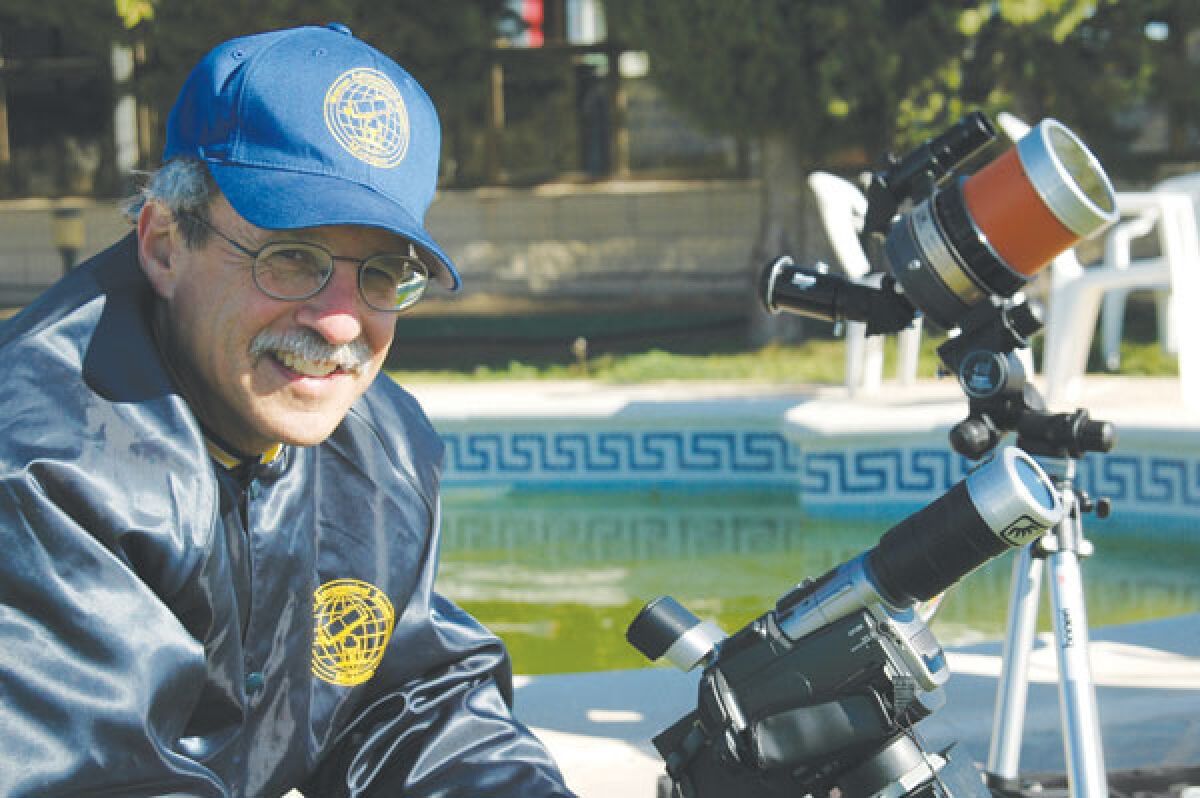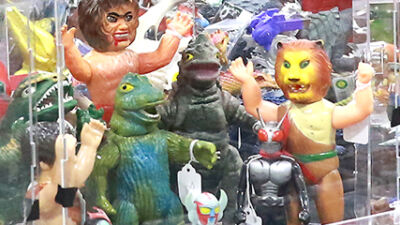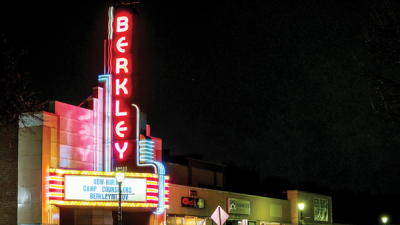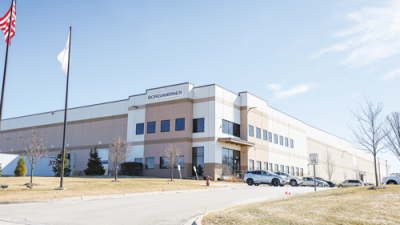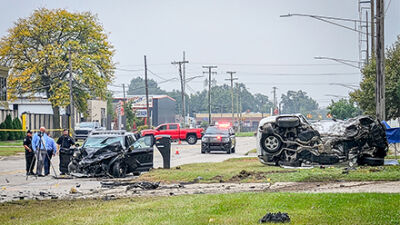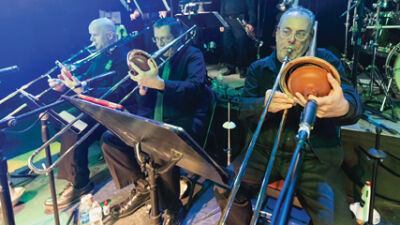METRO DETROIT — A near total solar eclipse doesn’t occur often, but when it does happen there are safety precautions people must take to prevent eye damage and behold its true beauty.
Bob Trembley, president of the Warren Astronomical Society, said a solar eclipse happens when the moon passes in front of the sun.
“There can be a partial eclipse. You’ll just see a bite taken out of it and it’ll look like a crescent, a crescent moon almost, but crescent sun,” Trembley said. “But if you’re in the right spot at the right time, the moon can cover the entire face of the sun.”
A solar eclipse will occur in parts of the continental United States on April 8. According to the National Aeronautics and Space Administration’s website, a partial eclipse will start in Cleveland, Ohio at around 1:59 p.m. EDT. Totality will begin at around 3:13 p.m. and totality will end at around 3:16 p.m.
What does that mean for Michigan?
Micheal Narlock, head of astronomy at Cranbrook Institute of Science in Bloomfield Hills, said that people here in the metro area of Michigan will experience a 98% solar eclipse.
“If you stay in the metro area, you’re going to be in for quite a treat,” Narlock said. “Because the sun is going to be covered by the moon, not totally, but about as close to total you can get without it actually being total.”
The last total solar eclipse in Michigan was in 1954 and there won’t be another total eclipse in the area until 2099. The last total solar eclipse in the continental U.S. was in 2017.
Jon Blum, a member of the Warren Astronomical Society, said if a person would like to see a full eclipse, they would have to travel to a place along the eclipse path.
“There’s a line that goes across the country from Texas through a couple of other states and goes through Indiana and Ohio out to Maine,” Blum said. “If you Google eclipse path online, you’ll see what the line is.”
Blum said a total eclipse hits the continental U.S. every 10 or 20 years. Blum said there is no set number of years, however, and that when a solar eclipse occurs varies from time to time.
A NASA frequently asked questions post from 2017 states that solar eclipses of all kinds occur two to three times a year with two total eclipses occurring every three years.
During a total solar eclipse, Trembley said people can experience a temperature drop, the sounds of a few night time animals as well as the Belt of Venus, an atmospheric phenomenon visible shortly before sunrise or sunset.
“You’ll see that 360 degrees around you, not just in the direction of the sun,” Trembley said. “It’s very strange.”
Narlock said if you look at the sun unprotected, permanent eye damage can occur. People should use filtered glasses that cut down the intensity of the sun’s rays.
“You’ll still be able to see the sun, it will look like a yellow white disk through your glasses, but you won’t be able to see much of anything else. That’s how much we have to cut down the light,” Narlock said.
He also said there are special filters for telescopes that can see only one wavelength of light.
During an eclipse people are more likely to stare at the sun, Blum said. It’s also easier to stare at the sun because the moon covers it, making it dimmer.
“On a normal day, on a sunny day, if you try to stare at the sun you’d say, ‘Oh, that’s awful bright,’ and you’d look away,” Blum said. “But on an eclipse the sun is partly covered by the moon so it’s not so bright. So it doesn’t bother you to look at the sun if you think, ‘Well, OK, I can just stare at the sun.’”
Holding a colander up to the sun to see the shadow of the eclipse is a way to indirectly view it, Narlock said.
“The little holes in the colander will create essentially a little projection of the eclipse as it happens,” Narlock said. “People have also gone under a big tree and looked at the sunlight that comes through the leaves.”
Eye damage can still occur even when the sun is 98% covered like it will be in the metro area.
“Even if there is 1% of the sun showing, it’s still as bright as the entire sun, so you can blind yourself, so you have to have either solar glasses or telescopes or binoculars, or whatever, with appropriate solar filtering,” Trembley said.
Regular sunglasses will not do when viewing an eclipse and they will damage the eyes significantly, Narlock said.
Trembley said NASA’s “Solar System Ambassadors” have been shipping out solar glasses. Both Trembley and his wife are ambassadors. Libraries are also good places to check as well. Narlock said Cranbrook is selling the glasses and he also saw his optometrist selling them.
Both Trembley and Narlock warned people to be wary of solar glasses sold online. These glasses could not have the right lenses or the lenses could already have damage such as scratches.
Narlock said solar eclipses are not something to goof around with.
“If you have children that are going to be looking directly at it, make sure that they’re wearing approved solar eclipse glasses that aren’t scratched. Make sure they don’t take them off their face while they’re looking at the sun,” Narlock said. “Because it just takes a moment and they could really damage their eyes.”
Solar eclipse viewing events are occurring all over at local parks and other venues.
Cranbrook is also holding an eclipse viewing event from 11 a.m. to 4 p.m.
Trembley said to find an event near you, visit the NASA Night Sky Network at nightsky.jpl.nasa.gov.
“It’s a NASA program where they join up with astronomy clubs across the country and they post information on the clubs and events that the clubs are holding,” Trembley said.
He also said NASA Solar System Ambassadors will be hosting or attending events.
A full directory of ambassadors can be found online by searching NASA Solar System Ambassadors.
You can check your local library’s website as well as city websites for further events.
 Publication select ▼
Publication select ▼